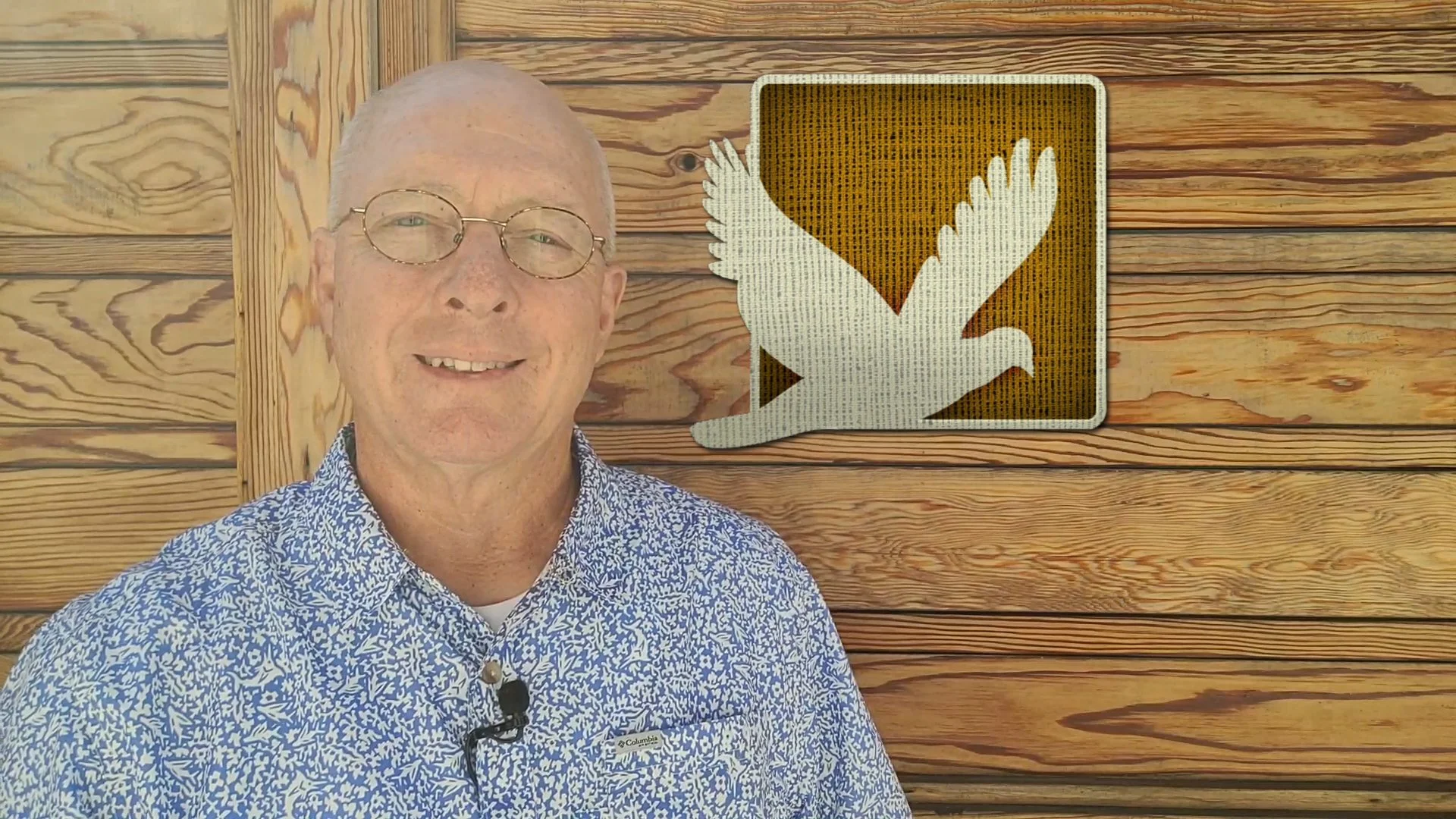John 20:17 contains the text of what is certainly the most important message ever sent. It was from Jesus to his disciples, contained eternity-altering revelations, and………was entrusted to the most unlikely messenger.
But before exploring the impact of that message and its messenger, let’s consider its prologue. Jesus had just revealed himself alive from the dead to Mary Magdalene. And with the realization of what was happening starting to flood her awareness and replace her desperation with elation, Jesus began an astounding paragraph by addressing her with the phrase, “Do not cling to me.”
Those words have always puzzled Bible commentators because they seem inconsistent with some of the other accounts of resurrection appearances in the gospels. For instance, Matthew’s (28:9) description of the Lord’s appearance to the women at the tomb portrays them worshipping him with their arms around his feet. And Luke’s (24:39) account of the Lord’s subsequent appearance to his disciples records Jesus specifically inviting them to “handle” him to confirm that he had flesh and bones.
Although exactly why Jesus said this to Mary will likely remain a mystery this side of eternity, at least a couple of things are clear. By telling her not to cling to him, he was highlighting the fact that it would have been possible for her to do so. The one who spoke those words was not a phantom or disembodied spirit that could be dismissed as the figment of an overactive imagination. Jesus was present with Mary in a very physical body that had been literally raised from death to life and could have been held on to. This inference by Jesus was surely intentional because the truth of his BODILY resurrection is the reality that serves as the foundation for saving faith (1 Corinthians 15:17).
But beyond that, Jesus told Mary he didn’t want her to cling to him because the work of redemption was still in process. He said, “I have not yet ascended to my Father.” The crucifixion where the penalty for sin was paid, and the resurrection that secured eternal life for the forgiven, had been accomplished. But the ascension that would precipitate the outpouring of the Holy Spirit to empower Christian life and ministry was still to come.
As crucial as it was for Jesus to establish the reality of his triumph over death by physically appearing to his followers, it was equally important for him to help them understand that this was not the end of the story. He was helping Mary orient her anticipation beyond what he’d already done toward what he was about to do.
Prior to his arrest, Jesus had told his disciples (John 16:7), “It is to your advantage that I go away; for if I do not go away, the Helper will not come to you; but if I depart, I will send Him to you.” If we fail to grasp the profound implications of the ascension, we miss something essential to the gospel. Paving the way for the person and power of the Spirit of God to reside in and flow through the redeemed is fundamental to a full embrace of what Jesus came to do. It’s simply not possible to overstate that.
But if we’re not careful, like Mary, we believers have the potential of becoming a little too CLINGY with the resurrection. It’s easy to become fixated on its benefits because they’re so overwhelmingly glorious. Forgiveness of sins and eternal life are gifts beyond measure, and our lifetimes will not supply sufficient space to even come close to adequately exploring their riches. But even as we cherish those treasures of grace, let’s make the choice to also allow our risen Lord to introduce us more fully to the ministry of the Spirit his ascension makes possible.


